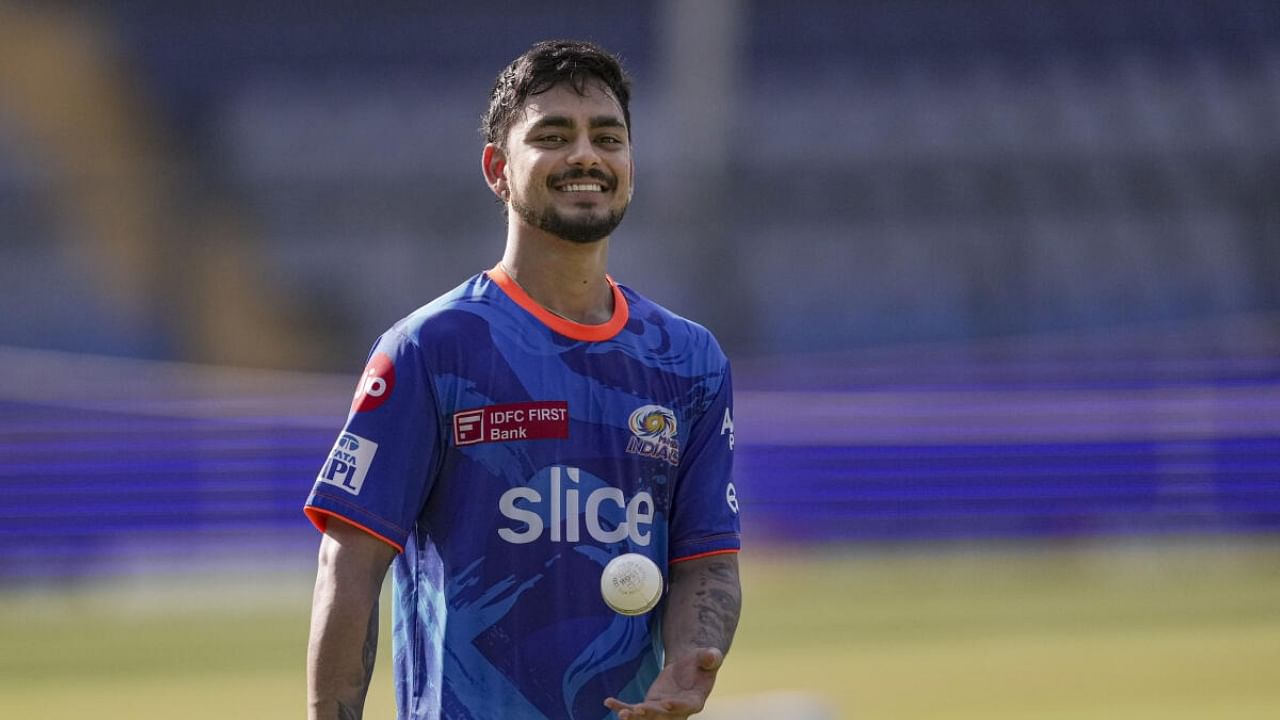Left is right, more so with the bat

Besides being one of India’s finest all-rounders for little over a decade, Ravi Shastri has also been one of the most successful coaches India has ever had, so his observation ought to be taken seriously.
His most recent take on having at least two left-hand batters in the top six was refreshing for it’s not a topic which has been broached often.
Shastri would obviously be aware the last three times India have won an ICC trophy, left-handers have played an integral role in taking the team to the promised land.
At the 2007 T20 World Cup, they had three left-handers in the side - Gautam Gambhir, Yuvraj Singh and Irfan Pathan. Gambhir top-scored for India with 227 runs, Yuvraj (148) was third on the list behind MS Dhoni, and Irfan was decent with the bat but highly impressive with the ball.
In fact, Irfan was the man of the final with figures of 3 for 16 against Pakistan.
A similar trend was noticed in the 2011 50-over World Cup, only this time there were four left-handers in the side, including Gambhir, Yuvraj, Suresh Raina and Zaheer Khan.
Yuvraj scored 362 runs and picked up 15 wickets to be named player of the tournament. Gambhir was brilliant with 393 runs, including the all-important, but oft-ignored 97 in the final against Sri Lanka. Raina didn’t score heavily in the four games he did play, but the unbeaten 34 in the quarterfinal really did stick it to the Australians.
Zaheer, as a bowler, can be exempt from this conversation, but 21 wickets can’t be ignored.
In the 2013 Champions Trophy too India had three left-handers, and this time, Shikhar Dhawan won the player of the series with 363 runs. Ravindra Jadeja finished on top of the bowling charts with 12 wickets, and ended up with the player of the final honours after a performance of 35 not out and 2/24 against England.
Raina had a rather poor tournament by any standard, but that doesn’t change the fact that quality left-handers in general have almost always done wonders for India, even if you consider the fact that they didn't play a single left-handed batter at the 1983 World Cup.
Parthiv Patel, former India Test opener, reckoned the success of left-handers has a lot to do with the paucity of them in India. Let's not forget that for a large section of Indian society left-handers are still considered inauspicious.
“Left-handers are always useful in any side because the game itself is designed around right-handers,” noted the southpaw. “When you join any academy, you will notice that most of the bowlers are trained to bowl at right-handers, and only when you get to a higher level will you start encountering more and more left-handers.
“And you (the bowler) have to start making that adjustment later in your life. It’s not impossible but you need to think about it more. That’s why left-handers end up breaking the rhythm of the bowlers.”
He continued: “As a left-hander, much like left-arm bowlers, it’s about the unorthodoxy of the angles you create. It takes the brain some time to acclimatise. Also, left-handers are very good at playing square of the wicket. It’s because of the angles that the bowlers generate and therefore we end up playing squarer than right-handers do.”
All things said, Parthiv was firm that left-handers should only be picked if they are good enough and not just for the sake of introducing the left-right combination.
At this point in time, Ravindra Jadeja, Yashavi Jaiswal, Thilak Varma, Sai Sudharsan, Jitesh Sharma, Devdutt Padikkal and Ishan Kishan are the names in the mix in the absence of Rishabh Pant. That’s a fairly well-rounded set of names, each with a proven record of switching gears on demand, and with the World Cup coming soon, India may want to give them a look in.
Sridharan Sriram, the former India all-rounder, thought much the same as Parthiv, but his explanation had more depth.
“In white-ball cricket, you cannot ignore left-handers because the margin of error for a bowler becomes smaller when there is a left-hander at the crease,” he explained. “Since the bowlers have to make the adjustment of release point, landing point and so on, they will end up bowling a few more loose balls than usual when the left-right combination is at the crease.
“That’s also why the scoring rate goes up when there’s a left-right combination, and with the game being played as aggressively as these days, that old idea fits right in.
“Left-handers also eliminate finger spinners,” he added.
Another aspect Sridharan identified was that unlike a decade or so ago when left-handers would hesitate to go after bad balls, batters aren’t nearly as blindsided when bad deliveries come their way. “Jaiswal, for example, will punish you if you slip into his pads or bowl it wide. This generation doesn’t hold back,” he said.
The Indian management shouldn’t either.